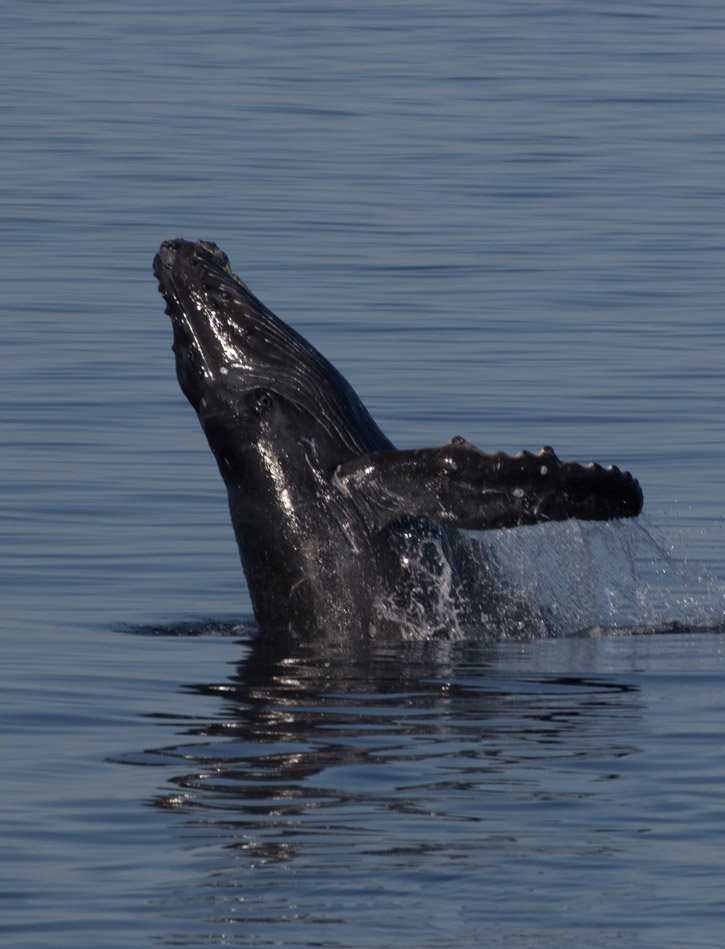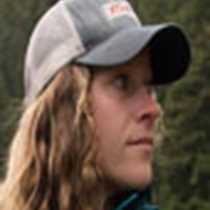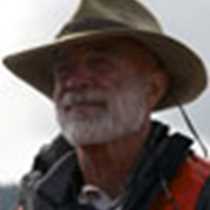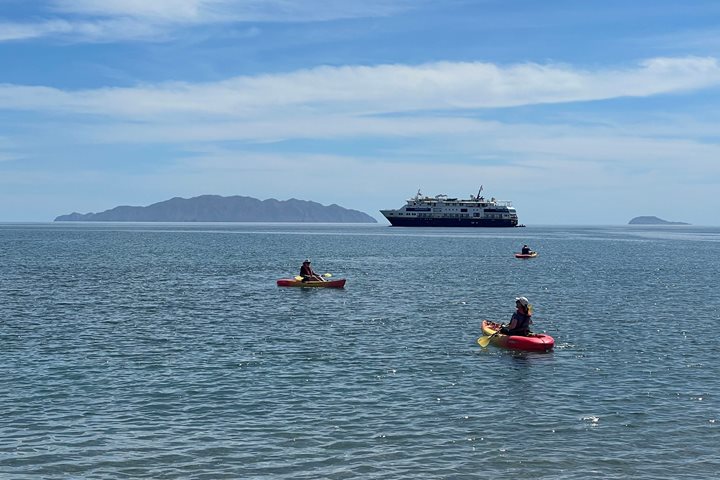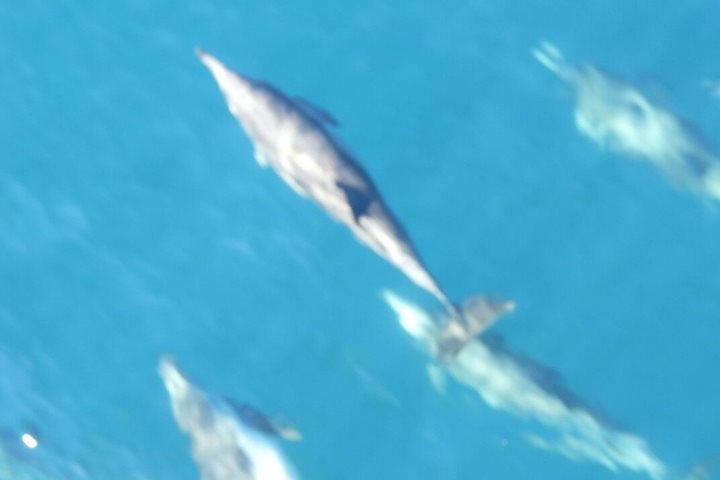This morning guests aboard the National Geographic Sea Bird awoke to the promise of visiting an area of usually high productivity, called Gorda Banks. Here, underwater, the continental shelf rises to about 200 meters depth, up from thousands of meters. This sharp decrease creates upwelling, which brings nutrients to the surface and results in rich blooms of plankton. The plankton, in turn, attracts whales and other cetaceans (as well as fishermen) to the very same area, all for feeding purposes. We spent the morning here looking for wildlife and exploring the banks.
It did not take long before our efforts were rewarded! The waters were perfectly glassy, with beautiful clear blue depth. Humpbacks breached off the bow, mothers with calves and the occasional male escort. After birth, it’s possible that a female humpback whale will fall into estrus so a male will often follow a newly birthed calf around with its mother, hoping that just this has occurred. Occasionally, this escort will get lucky and be rewarded for his efforts with the opportunity to pass on his genes.
The afternoon led the ship to San Jose del Cabo, where she dropped anchor until the early evening. The naturalists led hikes near the estero in town, which is great for birders and general wildlife enthusiasts. San Jose del Cabo itself was the original settlement in this region, the old mission town.
After an eventful morning whale-watching, and a relaxing afternoon in town, the ship sailed west towards Land’s End. This landmark is the southernmost tip of the Baja peninsula, which boasts the famous arches one may imagine when visualizing this part of the world. Guests enjoyed sangria on the deck while watching the sunset, where calm waters lapped lazily at the same arches they have surrounded for millennia.

